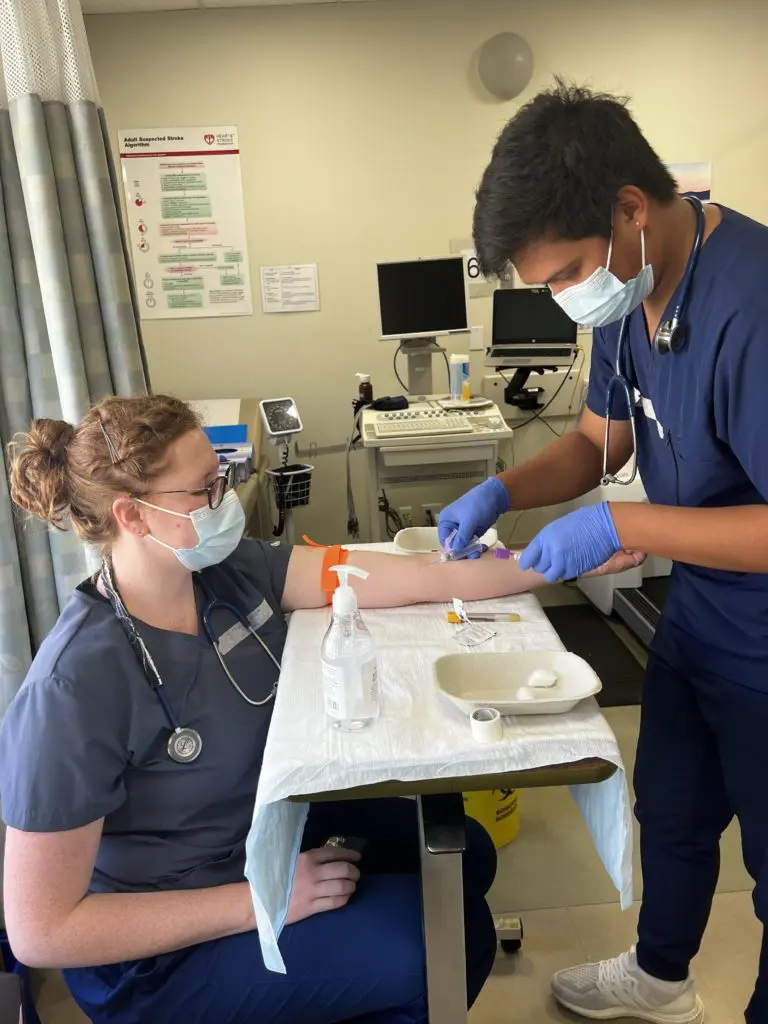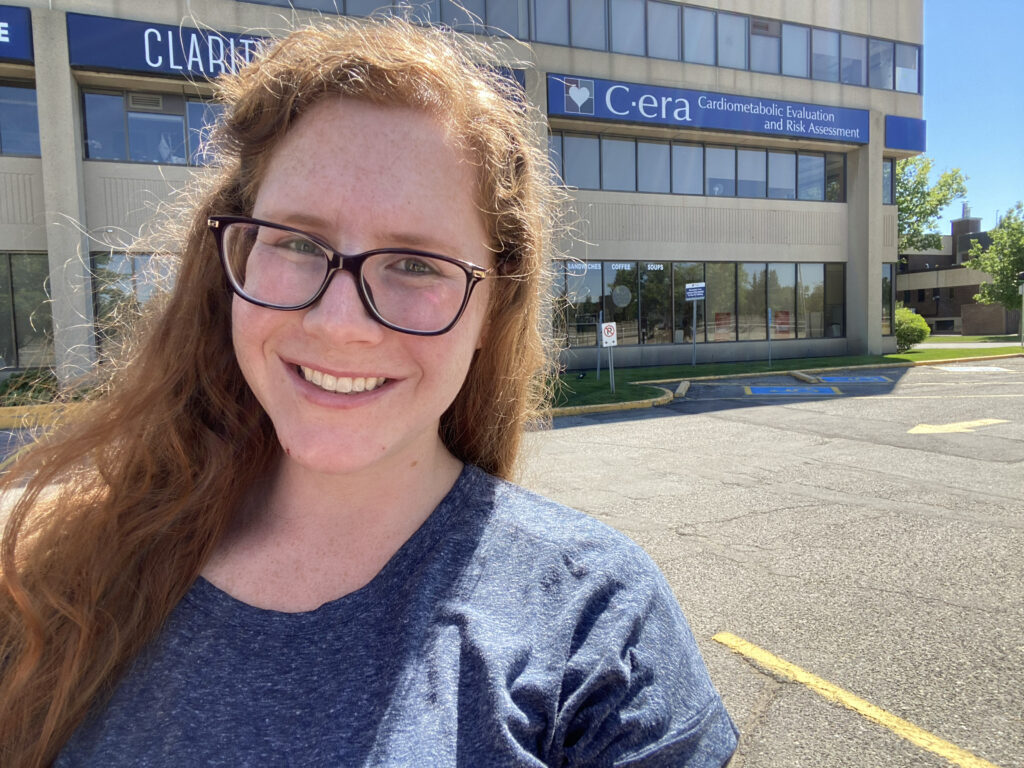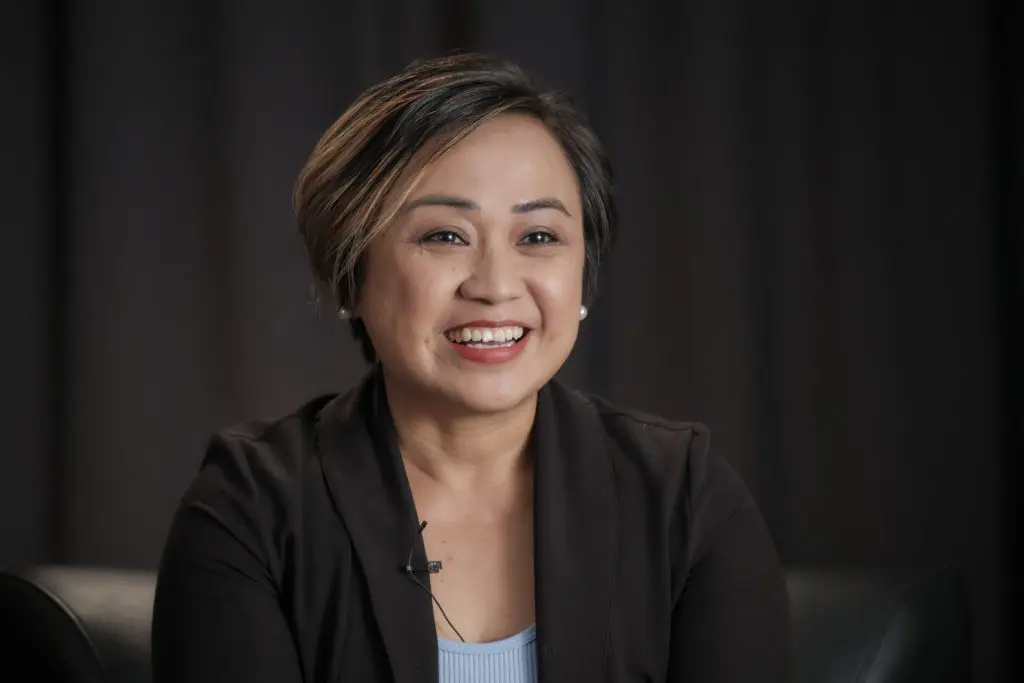A couple more weeks have passed. I’m proud to announce that my class and I have now completed the Electrocardiography course portion of the program. Everyone completed the lab requirements earlier than planned. Most of us hovering around 100 ECG’s (instead of the mere 50 that was asked of us). With ECG lab days behind us, we’ve spent the last little while studying pacemakers. I’d like to take this chance to share those experiences with you.
The Sinus Node
The human heart naturally comes equipped with its own pacemaker, the Sinus Node, which is the first part of the conduction pathway that tells the heart to beat. When the natural pacemaker fails or does not work properly on its own, an artificial cardiac pacemaker is implanted to take over.
There are different types available, depending on to what extent the patient’s heart needs assistance with. As with most technology, sometimes pacemakers malfunction and need replacement or reprogramming. This is where the Cardiology Technologist comes into play. Should an issue arise with the device, the patient will come into the Cardiac clinic for an ECG. The Cardio Tech will then interpret the pacemaker ECG identifying any abnormalities.
Becoming a Cardio Tech
Although similar to some extent, interpreting pacemaker ECG’s turned out to be quite different from non-pacemaker ECG’s. It was a big learning curve for most of the class at first, but by the end everyone seemed to understand at least the basics. What surprised me, is that you can actually see with the naked eye when the pacemaker fired. You can also see how the heart responded to the signal and whether or not it’s affecting the atrium, ventricle, or both.
Before I first started this course I was seriously considering continuing my education after graduation, to become a specialized Pacemaker Technologist. However, after actually studying pacemaker ECG’s… I’m not so sure anymore. There may be some students in my class that love them, but I for one find them sadly boring. By the end of this unit I couldn’t wait to get back to the non-pacemaker ECG’s again. Later in November I believe there is a Pacemaker Technologist that is scheduled to visit our class to talk about the profession. I’m looking forward to hearing his point of view and what it’s like to assist Surgeons during pacemaker implantation, but until then I’m staying focused on becoming a Cardio Tech.
Enjoying life
I know I say this a lot, but I can’t believe how fast the year is going by. I’m half way through the program and reading week has finally arrived. Yes, the time has come for the Cardiology Technology class to take a much needed and well-earned break. We’ve been in school full time since January and believe me when I say, that it was not easy to go seven straight months without any time off.
This program is challenging, intimidating, and exhausting, but I’m still enjoying life as a college student. The next course after reading break is phlebotomy, which means we will be learning how to draw blood. I’ve heard that we practice this skill on our fellow classmates so that should be interesting. In any case, I hope you’re all enjoying the beautiful weather and by the time you’ll be reading this, I will be in the sunny Okanagan relaxing and trying not to think too much about school.
Check out a video of our cardio tech students in action.
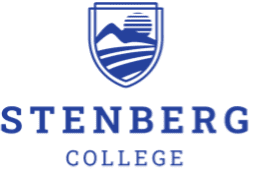
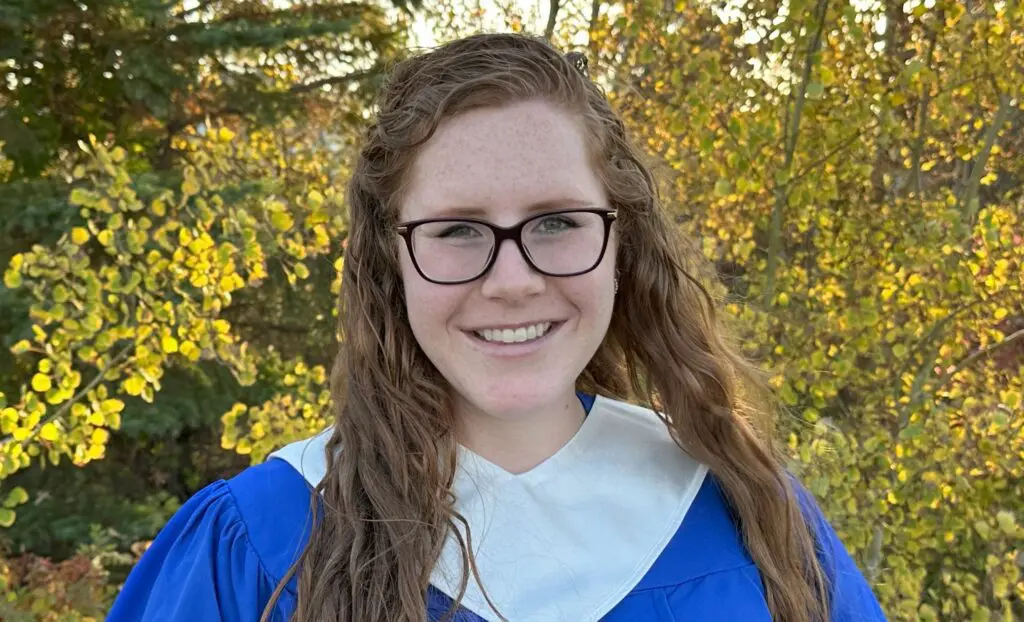

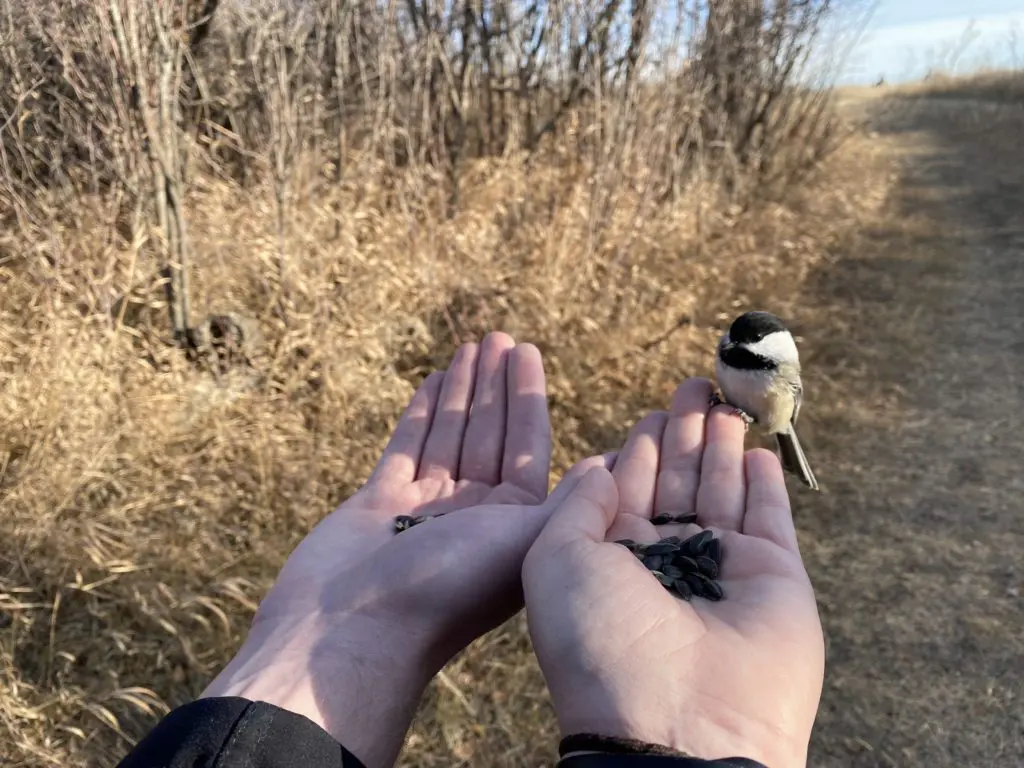
![An ECG demonstrates the extensive antero-septal-lateral myocardial infarction [heart attack] that Taryn witnessed.](https://stenbergcollege.com/wp-content/smush-webp/2022/12/ecg-1024x530.jpg.webp)

